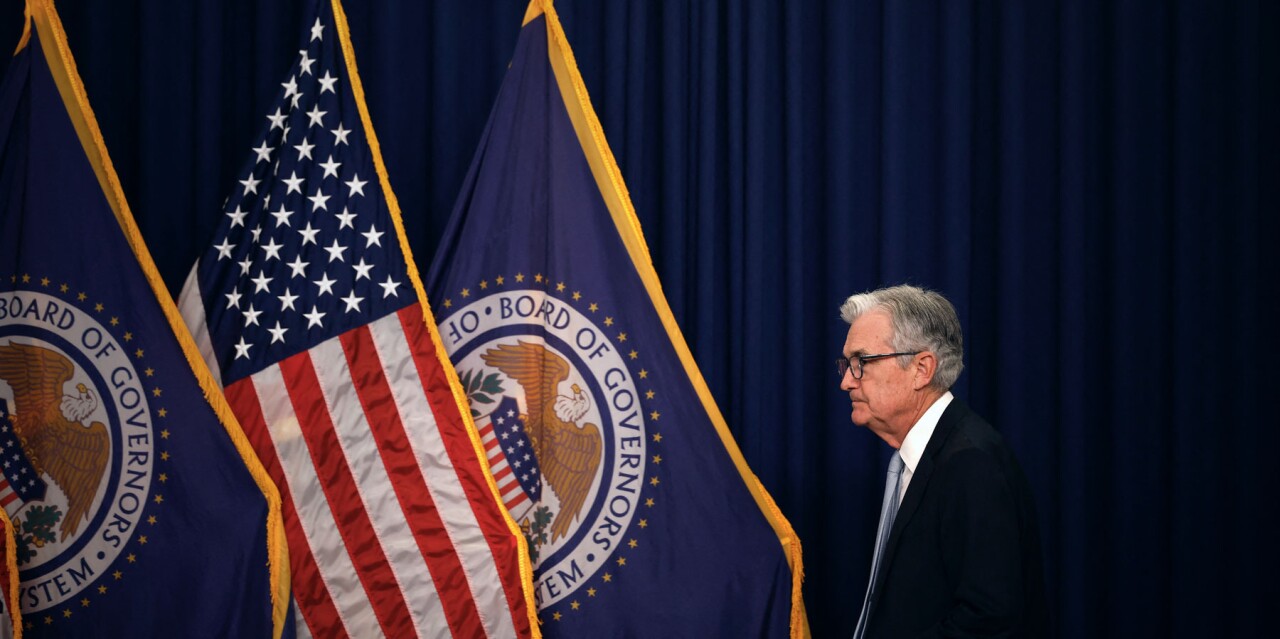The number of Americans filing new jobless claims fell last week, suggesting the labor market remains strong despite slowing domestic demand, amid sharp Fed rate hikes. Federal to curb inflation.
The weekly jobless claims report from the Labor Department, which is the earliest data on the health of the economy, comes after an unexpected increase in September job openings was reported this week.
The resilience of the labor market gives the Federal Reserve cover to further tighten its monetary policy and also keeps the economy growing for now.
“There’s no sign yet that layoffs are picking up significantly,” said Dante DeAntonio, senior economist at Moody’s Analytics.
“The current lack of layoffs will help boost consumer spending in the future, even as household balance sheets come under pressure from high inflation.”
There were 1,000 fewer initial claims for state jobless benefits, for a seasonally adjusted figure of 217,000, in the week ending October 29.
Although there has been an increase in layoffs in interest-rate sensitive sectors of the economy, such as finance, technology and housing, employers have generally been keeping workers as labor remains scarce in the US. some service industries.
The US central bank on Wednesday raised interest rates another 75 basis points and said its fight against inflation will require borrowing costs to rise further, but signaled it may be approaching a turning point after further tightening. rate of US monetary policy in 40 years.
Fed Chairman Jerome Powell told reporters that the labor market “remains extremely tight” and “remains unbalanced.”
At the end of September there were 1.9 jobs for every unemployed person, which is driving wage growth.
US stocks opened lower, the dollar rose against a basket of currencies and US Treasury bond prices fell.
Rise in labor costs
The report also showed that the number of people receiving benefits after an initial week of aid, a gauge of hiring, rose 47 billion to 1.485 million in the week ending Oct. 22.
The data is unrelated to the October employment report, which is scheduled for release on Friday, as it falls outside the survey period.
According to a Reuters survey of economists, nonfarm payrolls probably increased by 200,000 jobs in October. The economy had created 263,000 in September.
Domestic demand barely grew in the third quarter, even though gross domestic product rebounded after contracting in the first half of the year, largely driven by a narrowing trade deficit.
A third report from the Labor Department showed nonfarm productivity, which measures hourly output per worker, rose at an annualized rate of 0.3% in the third quarter, after falling to 4.1% in the second quarter. The drop was 1.4% from the previous year.
Consequently, unit labor costs – the price of labor per unit of output – rose 3.5%, after accelerating 8.9% in the April-June quarter.
With information from Reuters






![[Img #74676]](https://thelatestnews.world/wp-content/uploads/2024/12/Laser-artificial-neuron-150x150.jpg)







